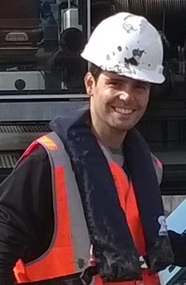
This week, I collected mud from Markermeer-IJmeer for my experiments. In total, I collected 1100 liters of mud and 400 liters of clay. It was hard work but a lot of fun!
The boat left at 7:30 near the “Oranjesluizen” (located in the North of Amsterdam). There are several places in Markermeer-IJmeer where a lot of mud is accumulating. The IJmeer (south of Markermeer, same waterbody) is one of the three mud-hotspots in the lake. Since this mud has the viscosity of low-fat yoghurt, we tried to suck it up first. This didn’t work because the pump sucked up too much water. Therefore, we decided to collect the mud with a large grabber. This also allowed us to see the different layers in the mud. The above 5-8 cm consisted of this low-fat yoghurt-like mud which we collected by scraping of the first 5-8 cm. In total, we could collect ci. 60 L of mud per sample so it took a while before we reached the desired 1100 liters.

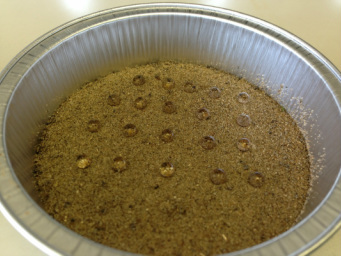
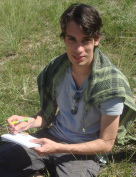
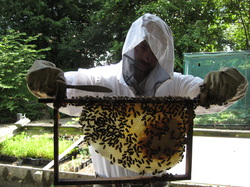
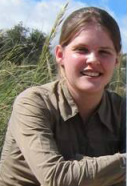
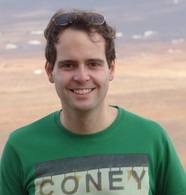
 RSS Feed
RSS Feed
